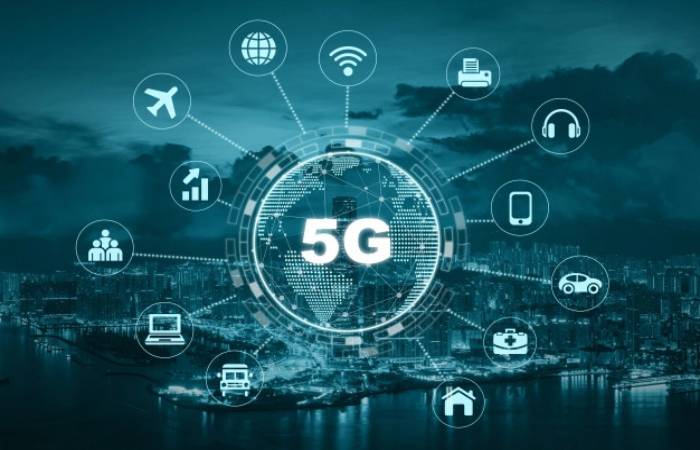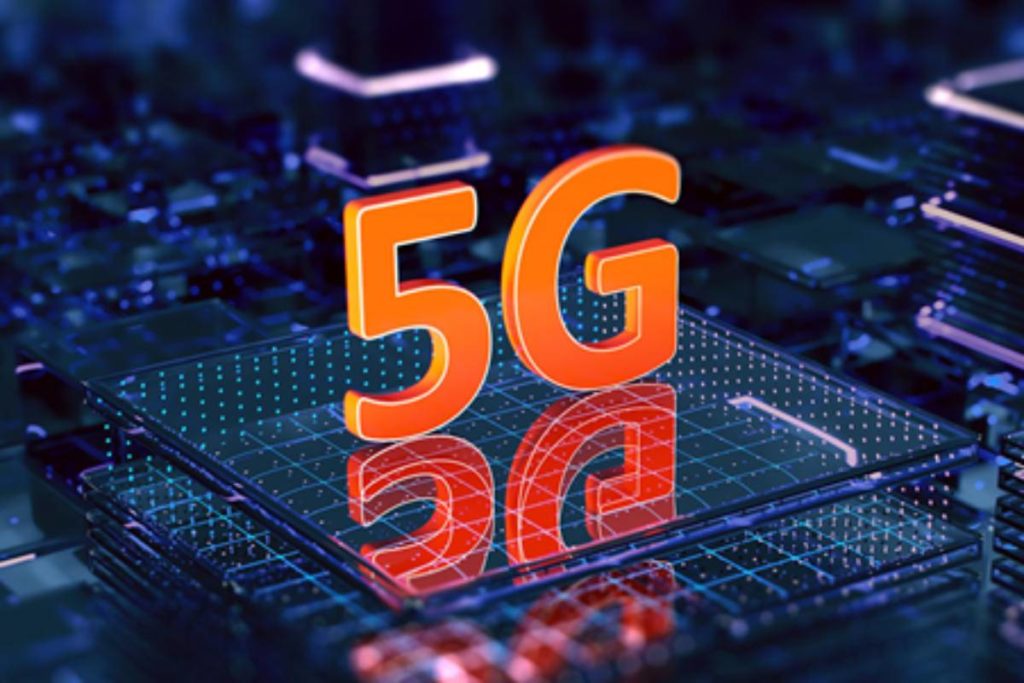5G Is The Fifth Generation Of Mobile Technology. It aimed to increase speed, reduce latency, and improve the flexibility of wireless services. 5G technology has a maximum speed of 20 Gbps. The top 4G speed is only 1 Gbps.
5G also promises lower latency. This improves apps and other digital experiences (such as video games, video conferencing, and autopilot cars).
Table of Contents
What is 5G Technology?
While previous generations of mobile technology (such as 4G) focused on ensuring connectivity, 5G takes connectivity to the next level. It aims to provide connected experiences from the cloud to customers. 5G networks are virtualized and powered by software and exploit cloud technologies.
This generation started with 1G, being at that time a tremendous digital transformation. Subsequently, 2G arrived, offering us the possibility of sending SMS.
However, Internet connectivity did not arrive until the entry of 3G technology in smartphones and with the use of Wi-Fi. This improved a while later with the introduction of 4G, which offered the possibility of playing streaming videos (real-time) and augmented reality.

How does the 5G Network Work?
The 5G network works through three different spectrum bands (low, medium, and high). The low band provides excellent coverage and penetration at a low speed. The middle band offers a more excellent range and less latency than the low band, but its penetration is shallow. Lastly, the high band grants high speed and very low latency.
However, the coverage and penetration of the high band are more inadequate. Currently, work done to improve coverage and penetration in the high band by introducing small cells. The technological transformation that this entails is enormous.
The spectrum noted that auctions between technology companies for spectrum licenses had given Vodafone a victory. On the other hand, Movistar is the one who has invested the least.
Vodafone has introduced 5G technology to Spain this June, and those users who want it will not have to pay more for its use, change the rate of their smartphone.
Is Higher Capacity Synonymous with Less Frequency Loss?
Indeed, the 5G network’s advantages will mean that the frequency loss in smartphones is less. The cause for this is that the base stations can be relatively small in size. This means that they located in many more places.
What are the Advantages of 5G?
The benefits of 5G technology are abundant relative to the fourth generation. Mainly, the advantages it has over the 4G network focus on a faster speed, a decrease in latency, and a reduction in energy consumption.
The fastest speed of 5G characterized by having a speed greater than ten times that of 4G technology. The minutes it took to download a full movie with 4G will be reduced to just a few seconds. This happened the same with Wifi since the speed we currently navigate is much faster than a few years ago.
As for latency, defining this as the duration time for transferring a data packet within the network, it will be reduced considerably from 100 milliseconds in 4G to 1-4 milliseconds in this new fifth generation. For example, it means that a reduction in latency will mean that the speed at which a web page opens is practically the same as opening the mobile calendar.
Concerning the energy consumption of this new network, it reduced by up to 90%. In other words, the batteries in our mobile phones will last longer with the same space.
Therefore, we can end by highlighting that this new fifth-generation has significant advantages over previous generations that will allow us connected at all times, in a short time and with low energy consumption. But, we need to wait a few months to analyze whether the results obtained are as desired.

